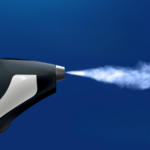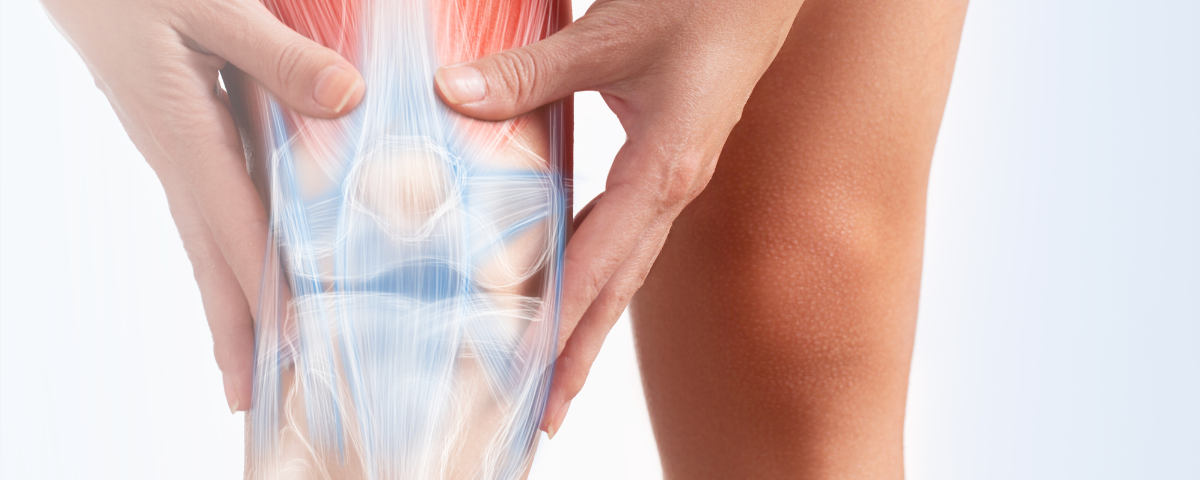
How Spinal Decompression Therapy Can Help Heal Disc Injuries
August 4, 2024
The Benefits of Spot Cryotherapy: Healing Through Targeted Cold Therapy
September 4, 2024Are you struggling with knee pain and searching for effective relief? Innovative treatments for osteoarthritis of the knee are making waves in symptom management, offering hope to those dealing with persistent joint discomfort. By focusing on improving joint mobility and reducing pain, these therapies aim to enhance your quality of life without relying on invasive procedures.
We’ll explore how knee decompression works to relieve pressure on your joints, and how cold laser therapy can help reduce inflammation and promote healing. You’ll learn about the benefits of mechanical traction for your knees and discover how laser treatment for knee pain can make a real difference in your daily life.
Whether you’re dealing with osteoarthritis or general knee discomfort, understanding these cutting-edge therapies can open up new possibilities for managing your pain and improving your overall joint health.
Knee Osteoarthritis: An Overview
Knee osteoarthritis is a common form of arthritis that affects millions worldwide. It occurs when the protective cartilage in your knee joint wears down over time, causing pain, stiffness, and reduced mobility. This condition typically develops slowly and worsens with age.
Causes and Symptoms
You might experience pain during movement, joint stiffness (especially after inactivity), tenderness, and a grating sensation in your knee. Factors that increase your risk include older age, being female, obesity, joint injuries, and genetics. The breakdown of cartilage leads to bone rubbing on bone, causing inflammation and changes in the joint structure.
Traditional Treatment Options
To manage symptoms, you may rely on medications like acetaminophen or NSAIDs, physical therapy, and lifestyle changes such as weight loss and low-impact exercise. In severe cases, cortisone injections or joint replacement surgery might be considered.
The Need for Alternative Therapies
Given the limitations and potential side effects of traditional treatments, many people seek alternative therapies. These may include knee decompression via traction therapy, inflammation control using cold laser therapy, knee rehabilitation, and Trigenics (also known as myoneural therapy).
What is Knee Decompression Therapy?
Knee decompression therapy offers a non-invasive approach to alleviate knee pain and improve joint function. Using the Knee On TracⓇ system, this innovative treatment uses mechanical traction to gently separate the knee joint, creating space and promoting healing.
How Knee Decompression Works
Knee decompression works by applying controlled traction to your knee, slightly separating the joint and creating a vacuum effect. This process has an impact on increasing synovial fluid circulation, reducing inflammation, and promoting tissue repair. By enhancing nutrient delivery to the cartilage, it aims to slow down degenerative changes in your knee.
What to Expect
During a typical session, you’ll sit comfortably with your leg extended. A strap secures your thigh, and a cuff is placed below your knee. As the machine operates, you’ll feel a gentle separation in your knee joint.
Many patients experience significant pain relief, improved mobility, and enhanced joint function, after just a few sessions, although depending on the seveerity of degeneration, more treatment may be necessary and all results vary. This therapy can be beneficial for various knee issues, including osteoarthritis, meniscus tears, and patellar tendinitis. While it offers promising results, it’s essential to note that long-term efficacy studies are limited.
Cold Laser Therapy for Knee Pain
Cold laser therapy, offers another promising approach to treating knee pain, particularly for those with osteoarthritis. This non-invasive treatment uses light energy to reduce pain and inflammation in your knee joint.
Technology Behind Cold Lasers
Cold lasers work by emitting low levels of light energy, or photons, that penetrate deep into your knee tissue. Unlike surgical lasers, these devices don’t heat or cut your skin. Instead, they trigger chemical changes in your cells, promoting healing and tissue regeneration. The wavelengths used, typically between 660 nm and 808 nm, can influence the therapy’s effectiveness.
Application in Osteoarthritis Treatment
During treatment, our doctors apply the cold laser device directly to your knee. You’ll likely need multiple sessions to see results. This therapy can help reduce pain, decrease inflammation, improve joint flexibility, and enhance blood circulation in your knee.
Clinical Evidence
Studies have shown that cold laser therapy can effectively relieve mild to moderate osteoarthritis knee pain and improve joint function. Research indicates that wavelengths in the near-infrared spectrum (around 808 nm) may be more effective in treating knee osteoarthritis, potentially due to their ability to stimulate cartilage formation and enhance muscle strength.
Knee decompression and cold laser therapy are groundbreaking treatments that have the potential to change the game for those dealing with knee osteoarthritis. These non-invasive approaches offer new hope to enhance joint health and cut down on pain without resorting to surgery. By leveraging mechanical traction and light energy, these therapies aim to boost joint mobility, decrease inflammation, and kick-start the body’s natural healing processes.
As we look ahead, it’s clear these innovative treatments are paving the way for a fresh approach to managing knee pain. For those struggling with knee osteoarthritis, exploring these therapies could be a smart move to improve quality of life and keep active. If you or someone you know is suffering with knee pain, we encourage you to have. consultation with our doctors to figure out the most suitable treatment plan for your specific needs.



